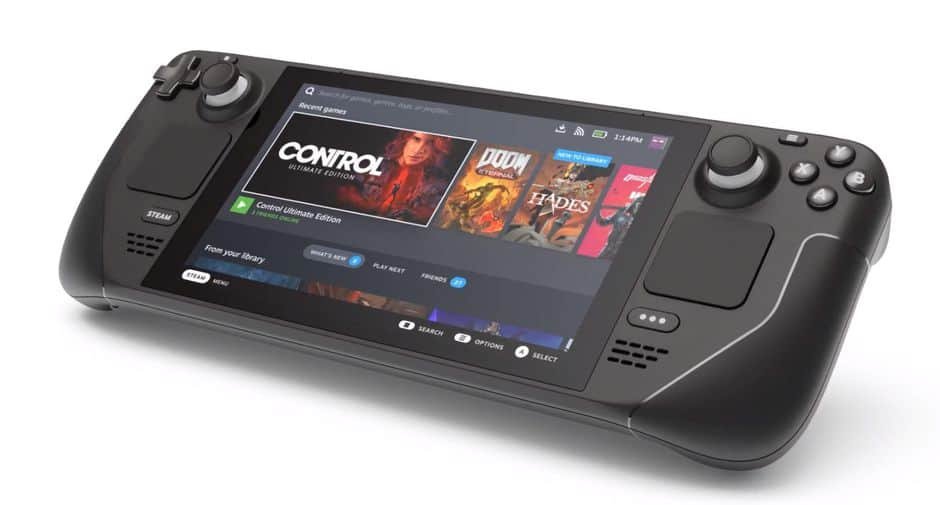Steam Deck is indeed very exciting for the PC enthusiast market because it is the first hanheld full-on PC running on AMD’s highly speculated Van Gogh APU. If you aren’t familiar with Van Gogh, then its nothing but the combo of AMD Zen 2 CPU cores and RDNA 2 GPU, the same combo seen on consoles these days.
A full gaming PC on your hands is an interesting concept which has actually become a reality for Steam and the first consoles should start shipping to customers by the end of this year. Running on a custom Linux UI, the Steam Deck is an interesting console that is challenged the likes of Nintendo, Aya Neo and others.

Valve wants to make the Steam Deck versatile, so its approach seems be open-source which means that the Deck that not only will it support its in-house SteamOS operating system based on Linux but also Windows 10. Since, now as Windows 11 is already here so the media are supposedly curious if the Steam Deck will also support the latest OS.
If you are familiar with this topic, then you will know that only TPM 2.0 supporting devices will be able to run Windows 11 naturally and so Zen2 microarchitecture should also support Windows 11. However, for that the TPM also requires BIOS support, which Valve and AMD are currently evaluating as per Videocardz.
“There’s work looking at TPM just now. We’ve focused so much on Windows 10, so far, that we haven’t really gotten that far into it. Our expectation is that we can meet that.”
— Greg Coomer, Valve Steam Deck designer
The versatality and the power of the Steam Deck has made everyone go nuts as you can play any game at 720p comfortably and looks great on a small handheld PC. Now, connect to a monitor, you have a full-fledged PC to work with, now adding a broad range of game launchers and emulators available for each platform, the Steam Deck is really the most cool stuff launched in 2021.


